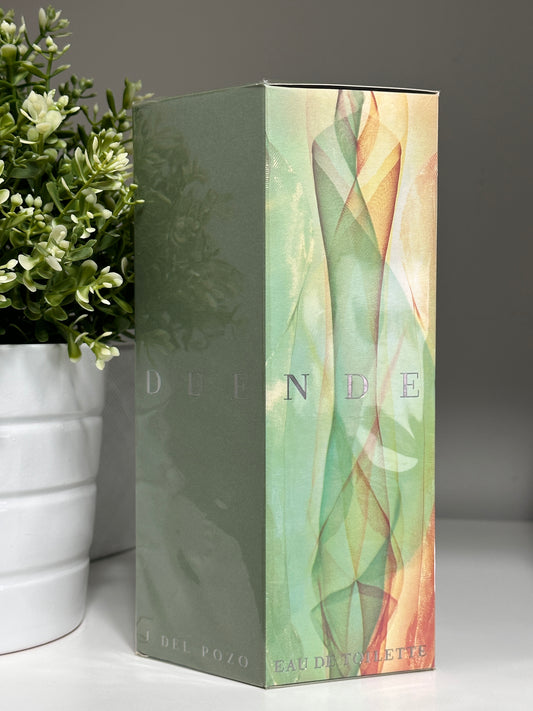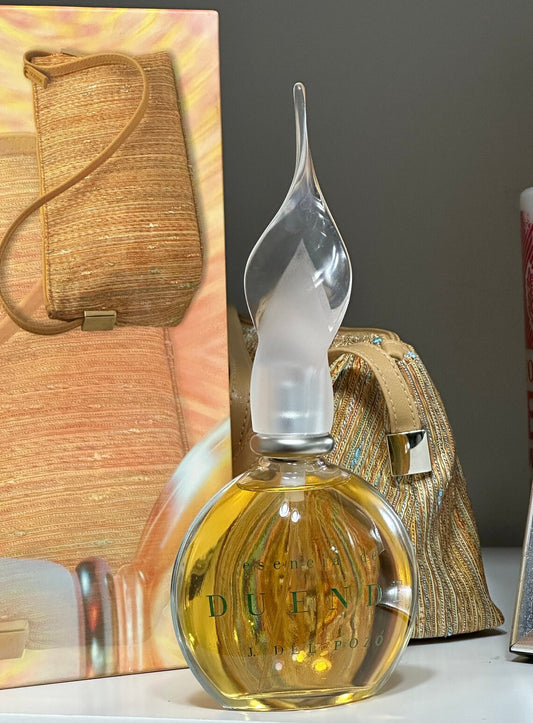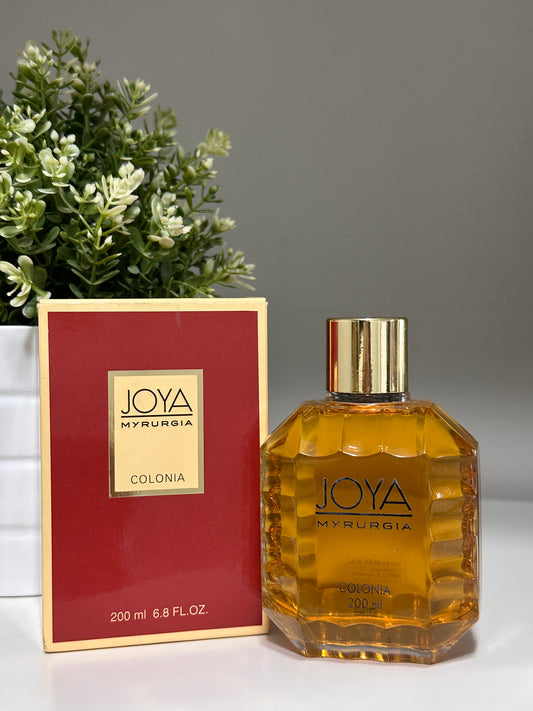Classification of Perfumes
Perfumes are classified and grouped into different categories or olfactory families according to the predominant notes they contain. This classification helps to better understand the characteristics of a fragrance and makes it easier to choose a perfume according to personal tastes. Below, I present the main olfactory families:
1. Citrus Family
- Description: Fresh and vibrant, citrus fragrances are characterized by notes of citrus fruits such as lemon, orange, mandarin, grapefruit, and bergamot.
- Examples: Traditional Eau de Cologne, summer fragrances.
- Subfamilies: Citrus-aromatic, citrus-floral.
2. Floral Family
- Description: One of the largest and most popular families, these fragrances are based on floral aromas such as rose, jasmine, lavender, lily, and violet.
- Examples: Romantic and feminine perfumes.
- Subfamilies: Floral-fruity, floral-green, floral-aldehyde.
3. Fougère family
- Description: Originating from Houbigant's "Fougère Royale" fragrance, this family combines notes of lavender, oak moss, coumarin, and bergamot, creating a fresh and herbaceous aroma.
- Examples: Classic men's perfumes.
- Subfamilies: Fougère-aromatic, fougère-woody.
4. Cyprus Family
- Description: Inspired by François Coty's "Chypre" fragrance, these fragrances blend citrus, oakmoss, and woody notes. They are elegant and sophisticated.
- Examples: Perfumes with an earthy and dry character.
- Subfamilies: Chypre-floral, Chypre-fruity, Chypre-woody.
5. Oriental Family (Amber)
- Description: Known for their warm and exotic notes, these fragrances contain spices, vanilla, amber, resins, and precious woods. They are sensual and enveloping.
- Examples: Winter perfumes, evening fragrances.
- Subfamilies: Oriental-spicy, oriental-woody, oriental-floral.
6. Woody Family
- Description: Dominated by woody notes such as sandalwood, cedar, vetiver, and patchouli, these fragrances are usually warm, deep, and are often used in men's perfumes.
- Examples: Elegant and sophisticated fragrances.
- Subfamilies: Woody-aromatic, woody-oriental.
7. Aromatic Family
- Description: This family is characterized by the presence of herbs such as rosemary, thyme, mint, and lavender. It is common in men's perfumes.
- Examples: Fresh and energizing fragrances.
- Subfamilies: Aromatic-fougère, aromatic-citrus.
8. Leather Family
- Description: Inspired by the scent of tanned leather, these fragrances have notes reminiscent of tobacco, smoke, and burnt wood, combined with animal notes.
- Examples: Strong and distinctive perfumes.
- Subfamilies: Leather-floral, leather-oriental.
9. Gourmand Family
- Description: A relatively new family that includes fragrances with sweet, edible notes, such as vanilla, caramel, chocolate, and coffee. They are warm and often indulgent.
- Examples: Perfumes with a sweet touch.
- Subfamilies: Gourmand-fruity, gourmand-oriental.
10. Green Family
- Description: These fragrances evoke the freshness of nature, with herbal notes, green leaves, and sometimes pine or mint. They are fresh and light.
- Examples: Refreshing and revitalizing fragrances.
- Subfamilies: Green-floral, green-citrus.
11. Aquatic Family (Ozonic)
- Description: Aquatic fragrances contain notes evoking the sea, fresh air and rain. They are light, fresh and often sporty.
- Examples: Summer and youthful perfumes.
- Subfamilies: Aquatic-aromatic, aquatic-citrus.
12. Aldehydic Family
- Description: These fragrances use aldehydes, organic compounds that create a bright, sparkling effect. They were popularized by Chanel No. 5.
- Examples: Perfumes with a distinctive and luxurious character.
- Subfamilies: Aldehydic-floral, aldehyde-oriental.
Each of these families has its own character and style, making it easy to find a fragrance that suits your tastes and the occasion.
Featured
-
ALADA MYRURGIA EAU DE TOILETTE 100ML
Regular price €59,99 EURRegular price -
PACHA IBIZA PURE PACHA EAU DE TOILETTE 100ML + T-SHIRT
Regular price €135,00 EURRegular price -
ESSENCE OF GOBLIN JESUS DEL POZO 100ML CASE
Regular price €199,00 EURRegular price -
 Sold out
Sold outJESUS DEL POZO ELF 100ML
Regular price €159,00 EURRegular price -
JOYA MYRURGIA COLOGNE FOR WOMAN 200ML
Regular price €174,00 EURRegular price





